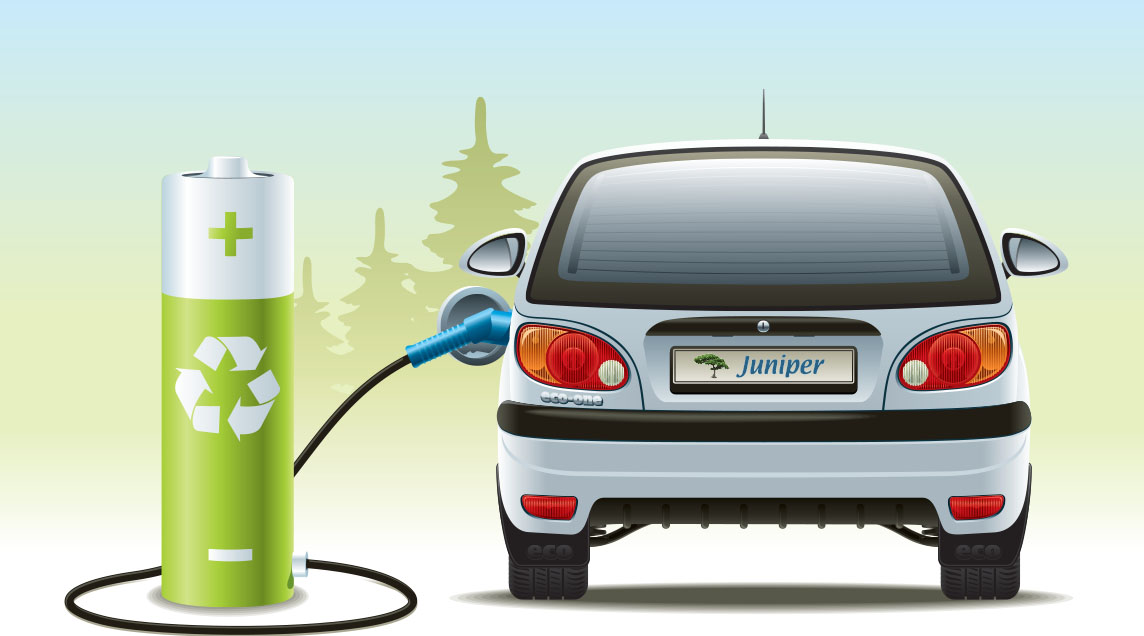When we came to the 2000s, we realized that the earth was overheating as it was supposed to be, and civil society organizations, states and international organizations made statements that we pollute the environment one after the other.
Therefore, emission rate standards for automobiles have been published. Due to the prohibitions of countries and international organizations, we will gradually see electric cars instead of fossil fueled vehicles.
There are different methods and operating principles for electric vehicles. However, we can say that the motors are usually rotor. The rotor is basically the rotating part inside the electric motor. Electricity is transmitted between the fixed field and the rotor and the electrical energy is converted into mechanical energy.
The biggest difference between electric cars and petrol and diesel vehicles is that power can be transmitted at any time. The moment you get into an electric car, you feel the torque and power, but gasoline and diesel engines can reach the highest torque within a certain speed range. In addition, in electric cars, there is a battery other than the engine.


